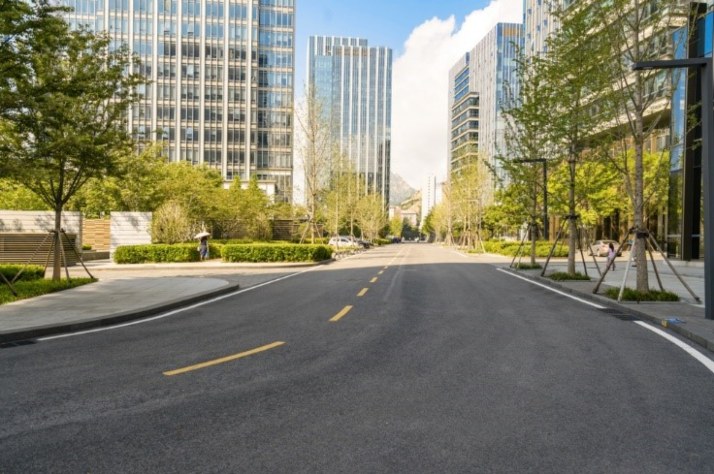
Exploring the Concept of a Car-Free City
Most people in the modern era recognise the inherent benefits of reducing our reliance on automotive transport in inner-city areas, but will we ever be able to achieve a completely car-free city? While it’s unrealistic to expect a city to ever be 100% free of cars, many cities around the world are successfully implementing town planning and traffic schemes to reduce traffic and encourage more people to walk, cycle and use public transport.
Some European cities are already partially closed to traffic, including Oslo (Norway) where cars are banned from many streets, Ghent (Belgium) in which the city centre is virtually car-free, and Strøget (Copenhagen, Denmark) which boasts a significant car-free shopping area and is a great example of what cities can achieve with the right urban development program.
How Cities Can Go Car-Free
To go car-free and reduce air and noise pollution, car crashes, greenhouse gas emissions and minimise what’s known as the ‘urban heat island’ effect, cities must implement a comprehensive public transportation system, create interconnecting green spaces that facilitate ease of walking, and significant bike pathways.
Naturally, this can’t be achieved overnight, which is why city and town planners must look ahead and create realistic goals to achieve. A good example of this is Hamburg, which plans to become completely car-free by 2030 by making the entire city accessible by bike or foot with interconnected green spaces that would cover as much as 40% of the historic city. If cities like Hamburg which are much older and more established than Australian cities can set achievable goals, why can’t we?
Car-Free Australian Cities
As anyone who lives in Brisbane, Sydney, Melbourne or even Perth or Adelaide knows well, our cities are becoming noisier, dirtier and more congested year on year. There are quite a few car-free areas around Australia, but most are in shopping and tourist hubs. While this is a start, we’re still a long way from achieving major car-free zones in major cities, though in 2019, city planners and urban development officials proposed a car-free plan for two blocks of Elizabeth Street, that the Melbourne City Council approved.
The plan has been criticised for being either too unambitious or too disruptive, but it’s a step in the right direction and recognition of the fact that CBD traffic grids aren’t designed to cope with the traffic volume that accompanies the population growth our cities are experiencing. But are Melbourne and its public transportation system up to the task? Surveys and research show that public transport is stretched thin and commuters experience crowded journeys and long waits for trams in the CBD. Let’s hope that Melbourne’s car-free experiment is a success and that similar schemes are rolled out across Australian cities for the benefit of all.
At Arnold Development Consultants, our town planners have extensive experience with urban development and town planning schemes, and welcome the opportunity to discuss your project with you. Please contact your nearest ADC office in Brisbane or the Gold Coast to arrange a consultation.



